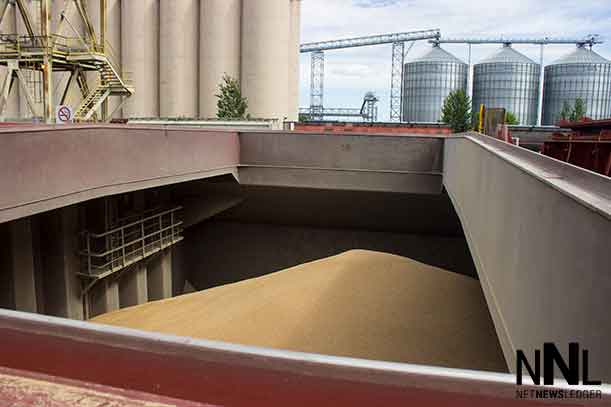 INNSBRUCK, Austria – LIVING – Consumers should expect a shock at the meat counter this year when they pick up meat for the BBQ.
INNSBRUCK, Austria – LIVING – Consumers should expect a shock at the meat counter this year when they pick up meat for the BBQ.
And as food retailers have been refusing lately to engage in price wars to win the contents of consumers’ wallets, get used to the higher prices.
Depending on where you are, beef and pork products are up at least 18 per cent to 20 per cent on average from last year. In some cases, products like striploin steaks have increased by more than 20 per cent in one year, and ground beef by more 25 per cent in many regions.
The good news is that these jumps in prices are decreasing. Both cattle and hogs prices at farmgate rose due to depressed inventories, but they are gradually levelling off. As a result, hikes in retail in recent weeks have been marginal in comparison to last year.
Meat prices are close to peaking, and this is good news, since the last thing a food retailer wants to do is to annoy consumers. They are painfully aware of what the market can tolerate, and major food chains don’t want consumers to give the very lucrative meat counter a pass.
Grain prices remain at proper levels, which make producers of staple product such bread, pastries, and pasta immune to higher input costs. Livestock producers looking for reasonable feed prices are also pleased these days as reasonable prices place less pressure on meat prices, dairy and eggs for the near future. Soybeans, corn and wheat prices are currently lower than their five year average. Even the price of rice is lower, which helps consumers in emerging markets.
However, prices remain high enough to provide good returns to farmers. Commodity prices have reached what many would call the market sweet-spot; everyone wins.
Of course, what doesn’t help is our weaker currency. Pasta is up more than 10 per cent, and nuts and many other imported products are more expensive. This trend is likely to continue for some time. The drop of the Loonie over the past few months was so sudden that it was almost impossible for any food importers to hedge against our currency. Many vegetables, fruits, processed and grocery products are likely to continue to increase for some time. Unlike meats, it is more challenging to find substitutes for these products, so consumers will have to cope with higher prices.
Since 2008, when prices spiked by more than 9 per cent in one single year, the mindset of Canadian consumers has changed; many are starting to realize that food in Canada has been disproportionately cheaper in comparison to global prices for a long time. Now, the real cost of food is slowly catching up to all of us.
In Europe, where food is much more expensive than in North America, food prices are barely a subject of conversation. Because of their proximate link to agriculture, Europeans better appreciate the value of nutrition and the necessary ecology in order to support functional food systems. Children in elementary school are actually taught how to shop for food, and farm visits are included in the curriculum. Europeans are simply in a different state of mind, food-wise.
For Canadians, the benchmark has always been the United States, the land of the cheapest food basket. Canada can’t, and shouldn’t, compete with the overly generous Farm Bill and state-supported food programs in the U.S. The average American household spends barely 6 per cent of its budget on food. Europe is close to 18 per cent, even 20 per cent in some cases.
As for Canada, it is a little over 9 per cent, but that ratio is increasing, and thankfully so – as we ask consumers to invest more in food, their expectations are increasing. Consumers who pay more will expect more; this is simple economics. It’s no wonder so many corporate food giants are revisiting their procurement strategies and divesting themselves of antibiotics and ingredients consumers feel are a detriment to their health. Higher expectations will only push such changes further.
As you pay more to slap your favourite steak on the BBQ this spring, keep in mind that price points in Canada are starting to reflect what the actual cost of food is. And because of that, we may enjoy better, higher quality food products in the future.
Troy Media columnist Dr. Sylvain Charlebois is a Board Member with the Food Institute at the University of Guelph’s College of Business and Economics. He is currently on leave at the University of Innsbruck in Austria.
© 2015 Distributed by Troy Media






